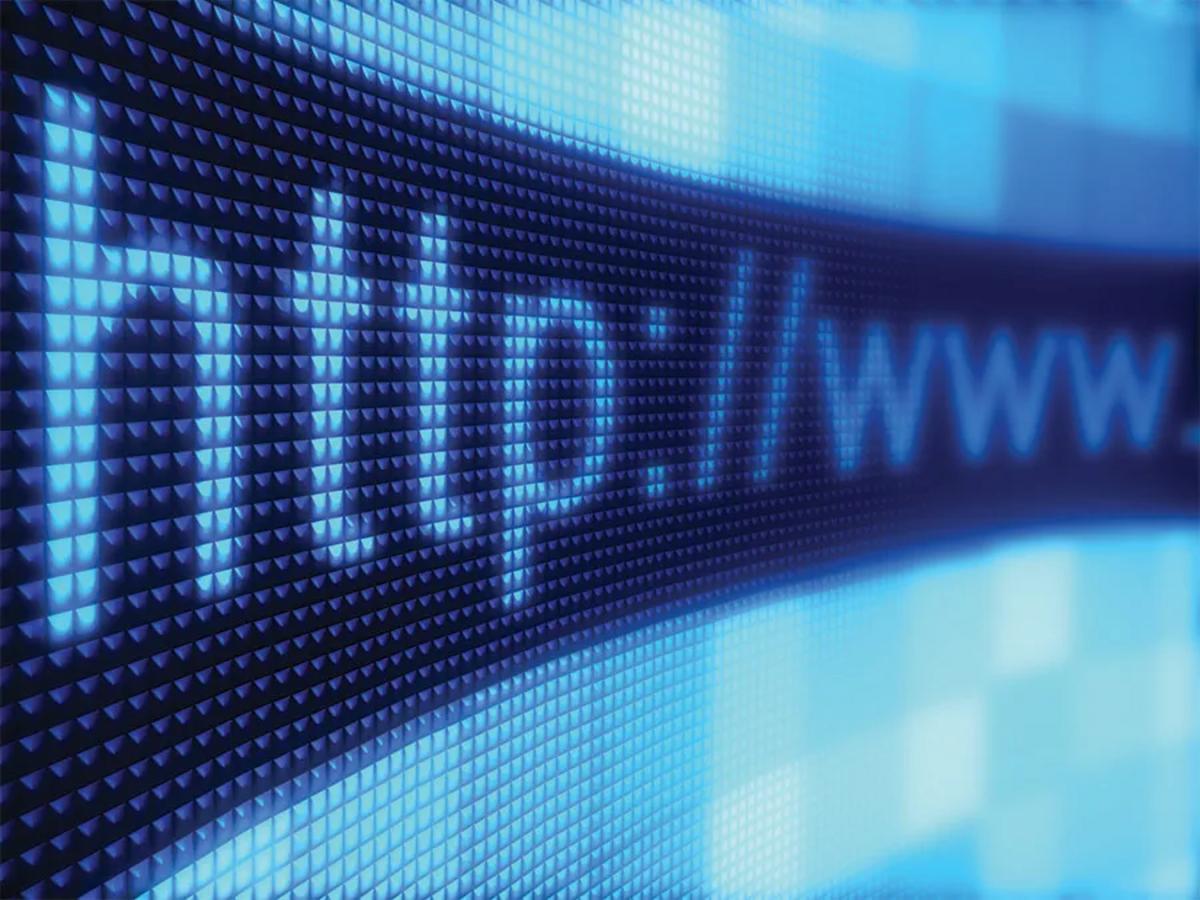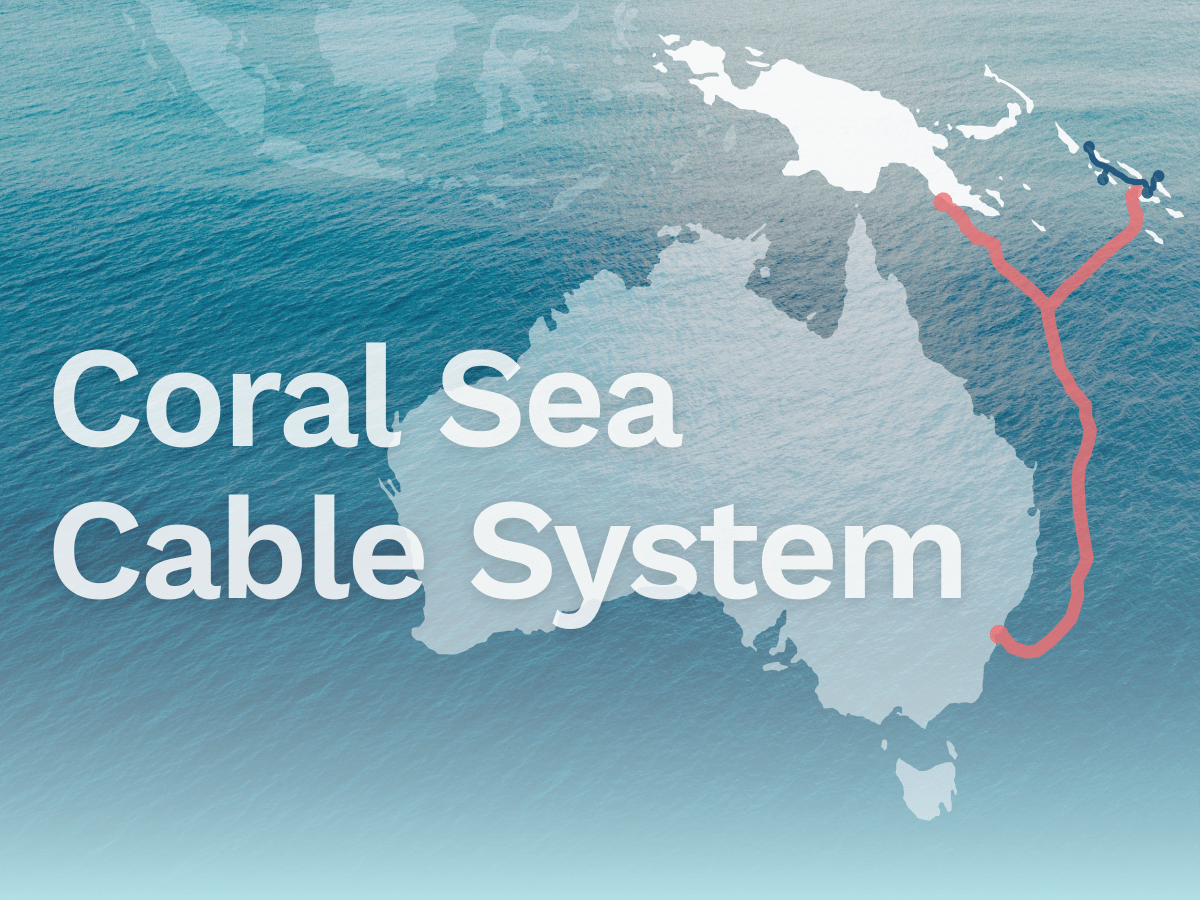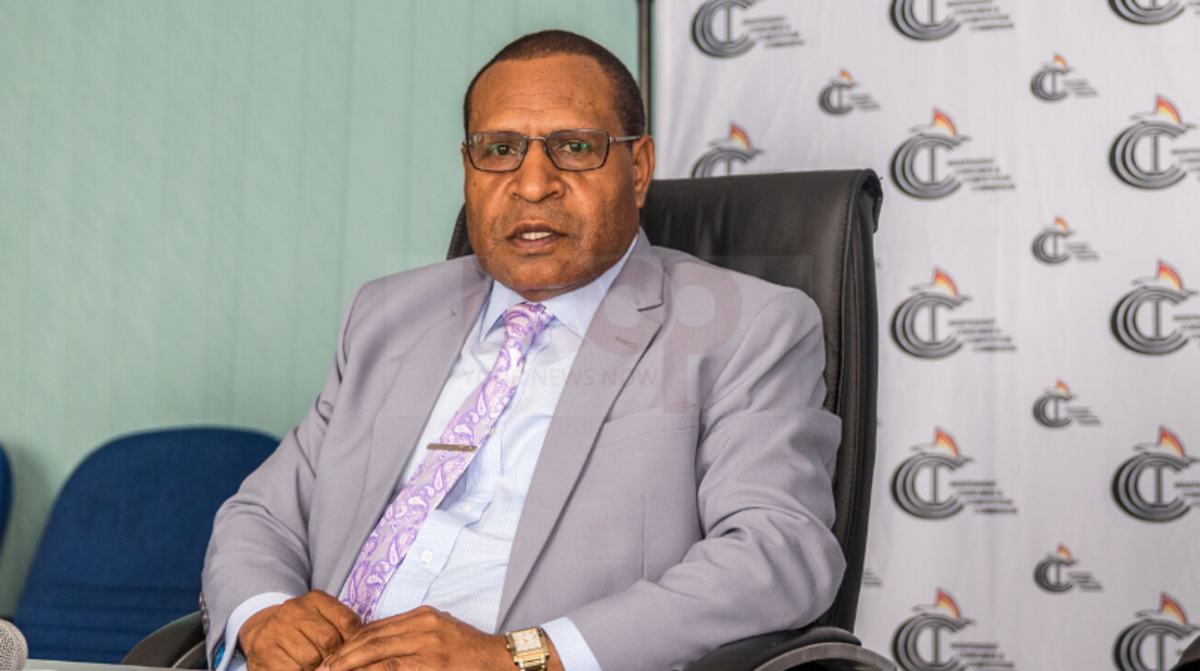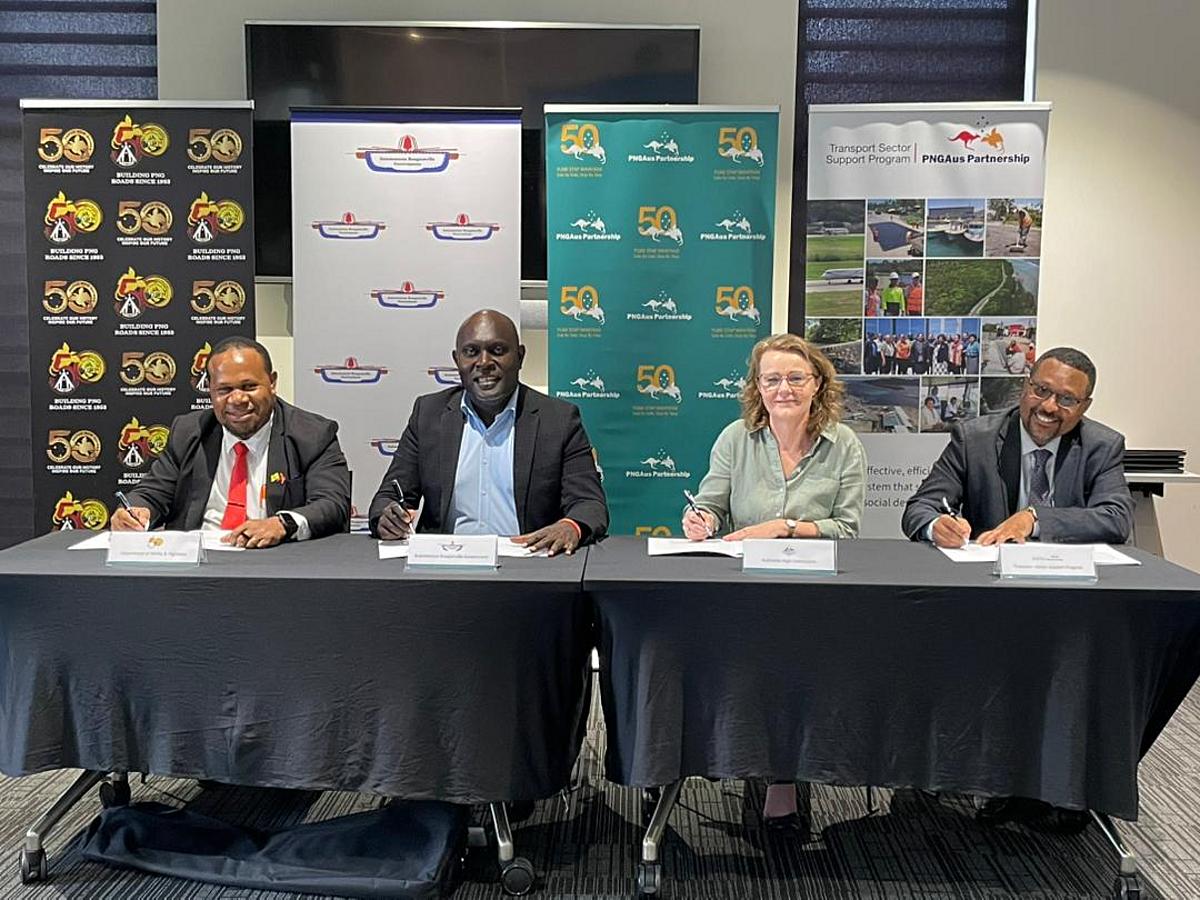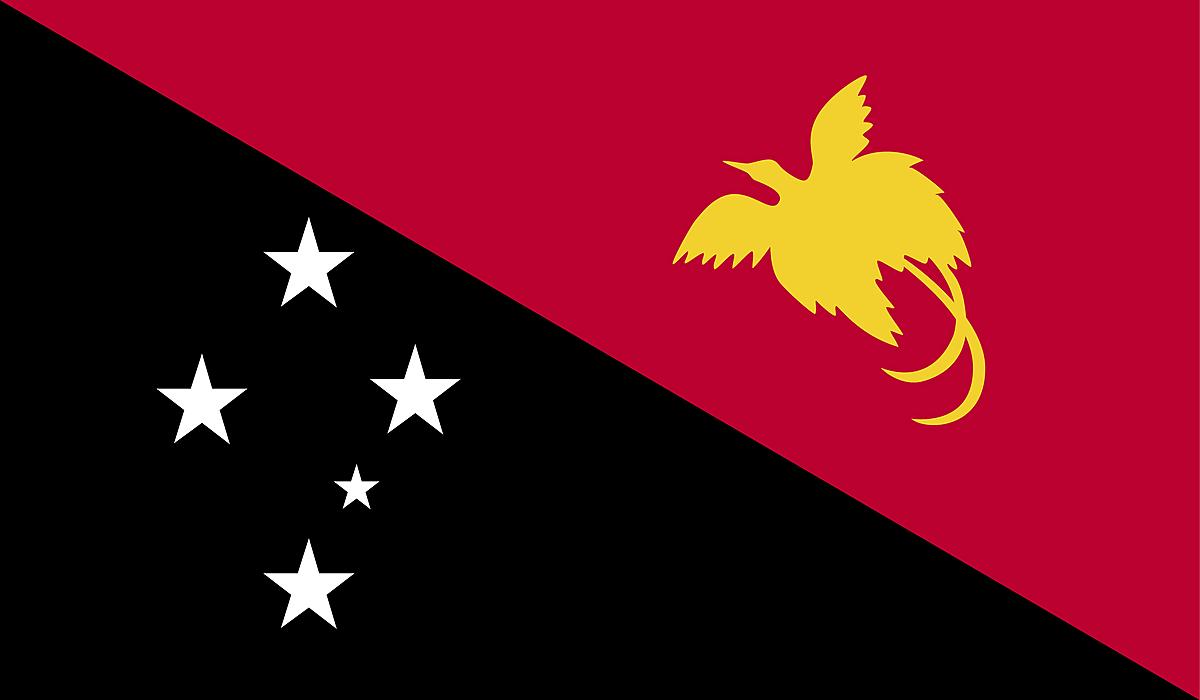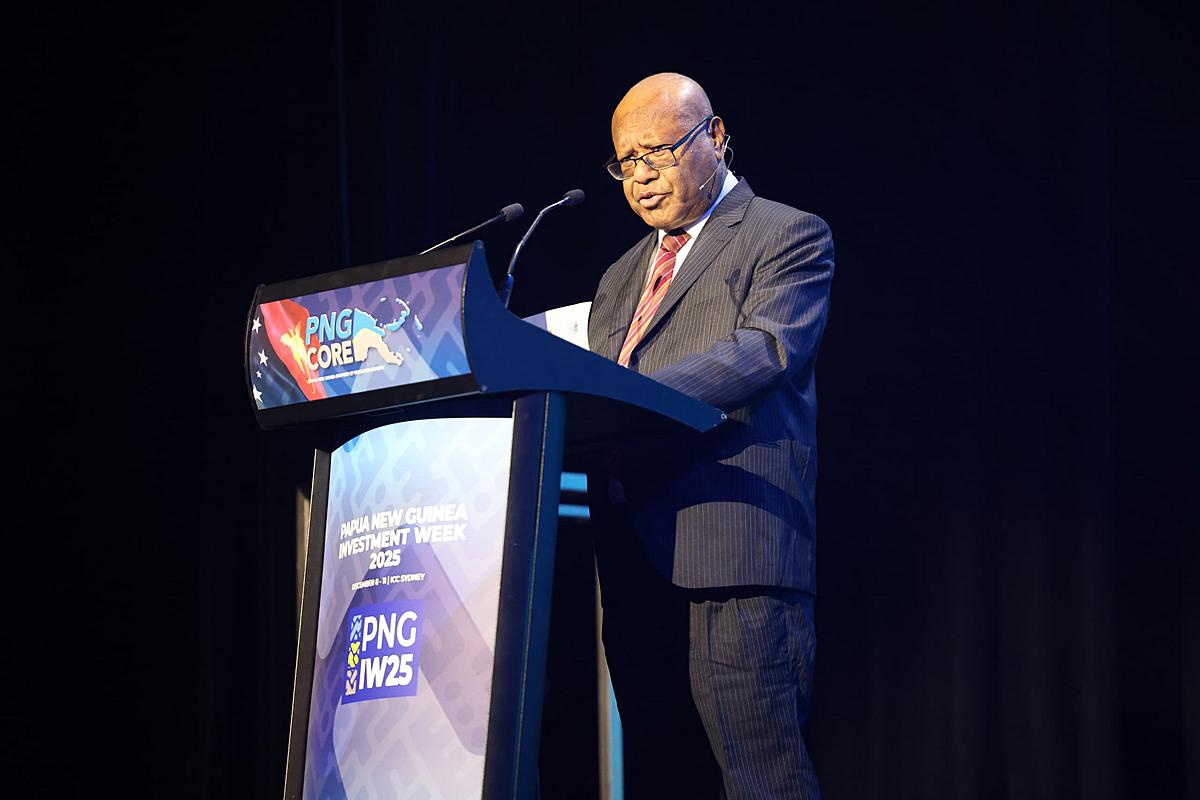Article by Lotte Schou-Zibell, Arndt Husar
The Internet of Things—a rapidly growing network of connected devices—can help bring financial services to those most in need.
The Internet-of-Things (IoT), defined as “software, sensors and network connectivity embedded in physical devices, buildings and other items that enable those objects to collect and exchange data and send, receive and execute commands,” expanded rapidly during the pandemic.
There are now 21.5 billion interconnected devices worldwide. And yet, 1.4 billion adults still have no access to banking, with the majority being women, according to the World Bank's Findex 2021 survey. And some 850 million people globally do not have an official ID, let alone a digital one.
This presents an opportunity for leapfrogging straight to a digital ID and leveraging the IoT for processing transactions—a move that would expand access to financial services and boost economic empowerment.
In Papua New Guinea, for example, a new digital bank ID has been piloted, which supports customer due diligence requirements for financial institutions using a unique biometric identity. The program has reached 2,548 people, 47% of whom were women in remote areas who previously could not open a bank account. This benefits 80% of the informal and rural population.
Not only does the new ID allow for biometric identification, which helps people access banking, but it also makes the process more secure and enables data collection on customer behavior. Spending patterns can help assess creditworthiness where there was previously no data, making risk assessments more accurate and enabling personalized financial services.
While internet penetration and mobile connections are increasing in Papua New Guinea, the uptake of users with IoT-enabled devices is also growing, and IoT-enabled point-of-sale terminals and smart card readers are being rolled out.
Payments can be processed securely and efficiently by using communication technologies such as Bluetooth, Near Field Communication, and Wi-Fi. These technologies help connect smartphones, contactless cards, or wearable devices with point-of-sale terminals.
The expansion of the Internet of Things can transform financial services, bringing new opportunities for financial inclusion and economic growth.
A credit history through micropayments can create a path to credit for those without a bank account or formal sector wages. One such example is the pay-as-you-go model pioneered by M-KOPA in Africa, and since adapted elsewhere, including by MiBank in Papua New Guinea.
M-KOPA, for example, enables customers to stagger their payments for household assets, such as solar panels, smartphones, fridges, and televisions. An initial deposit is made, followed by small installments at regular intervals until the total value of the system is paid.
Data on repayment rates can, in turn, be used for credit scoring, enabling customers to access cash loans from M-KOPA once the asset has been paid in full, with the asset resecured as collateral. MiBank takes a similar approach to resecuring the asset.
In the agriculture sector, IoT devices collect data on crop yields, soil conditions, and weather patterns, enabling financial institutions to provide tailored financial services to farmers and help them make informed financial decisions, including access to credit and insurance.
For example, in Bangladesh, crop insurance was provided based on a parametric weather index using climate information generated by the Bangladesh Meteorological Department. These indices determine trigger points for payouts. For instance, when precipitation rises above or dips below certain threshold levels.
Following a disaster triggered by natural hazards, the IoT-connected weather stations can instantly activate claims and settlements. Over 9,500 small farmers were insured and provided with mobile banking services, enabling an efficient and transparent collection of insurance premiums and payment of claims. This success was facilitated by the high degree of mobile connectivity and coverage in Bangladesh.
As technology evolves, we will likely see even more innovative ways to leverage the IoT to improve financial services and empower individuals and businesses worldwide. Still, it will require a holistic approach addressing infrastructure, capacity, standardization, and regulatory frameworks.
The expansion of the Internet of Things can transform financial services, bringing new opportunities for financial inclusion and economic growth.
Article courtesy of the Asian Development Bank


